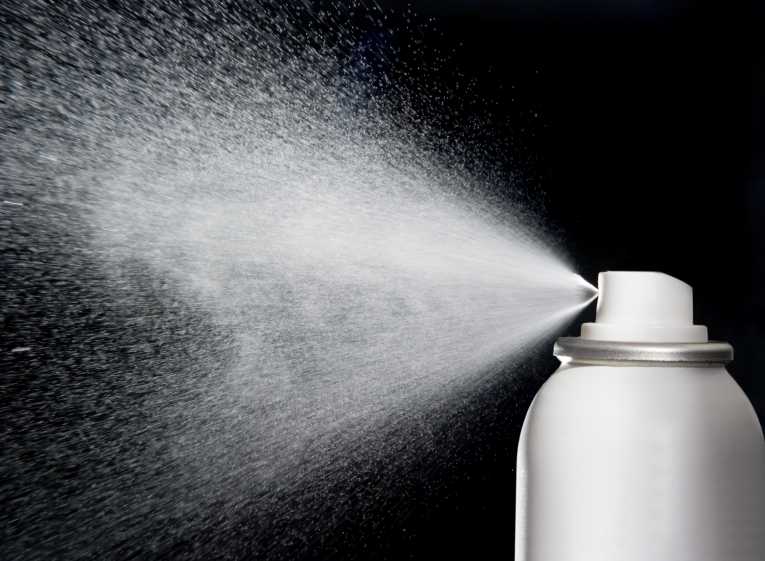The phenomenon of a ''hole'' in the ozone blanket that covers the earth at polar latitudes was first discovered in 1985 by scientists from the British Antarctic Survey. The ''hole'' was a cylinder of the atmosphere, forming over polar regions, where the level of ozone in the atmospheric column was depleted.
Ozone is a compound of oxygen which contains three oxygen atoms. It is unstable and has a half-life in air of twelve hours (meaning that the concentration of ozone will halve every twelve hours unless it is being replenished). Stratospheric ozone is formed when solar radiation splits the oxygen molecule to form two oxygen radicals; these radicals combine with molecular oxygen to form ozone.
Ozone is present as a layer throughout the atmosphere at an altitude between 15 and 50 km (the stratosphere) at a concentration of approximately 10ppm with respect to (diatomic) oxygen. Its importance is that ozone acts as a filter for certain wavelengths of ultraviolet light which can be harmful for life on earth. Ozone partially absorbs UVB radiation (280 to 315 nm) exposure to which has been associated with skin cancers, cataracts and suppression of the immune system. When ozone absorbs these wavelengths of UV light, the compound is destroyed.
In the late 1980s it was appreciated that industrial compounds used in refrigeration (notably chlorinated fluorocarbons) could destroy ozone. A global protocol, the Montreal Protocol, came in to force in 1987 which sought to prohibit the use of halocarbon compounds as a measure to limit stratospheric ozone depletion.
Prodocution and use of CFCs has been greatly curtailed since the Montreal treaty came into force, but these halocompounds have atmospheric lifetimes of from 57 to 95 years. They are destroyed (albeit slowly) by photo dissociation (sunlight) to release the halo atom which then reacts with ozone leading to its depletion.
This past winter has seen the creation of the largest arctic ozone hole on record. This year's figure of 40% surpasses the previous record of 30% by quite some margin. Whilst the surface temperature in the arctic this year was relatively mild, stratospheric temperatures were very cold.
The destruction of ozone by CFC compounds requires cold conditions because at these temperatures acidic gases (hydrochloric and sulphuric acid) condense to form ice crystals and surface chemistry reactions with CFCs occur liberating the ozone destroying halogen radicals. However, the atmosphere is a dynamic and complex system and a number of competing factors may be contributing to the record arctic ozone depletion seen this year.










